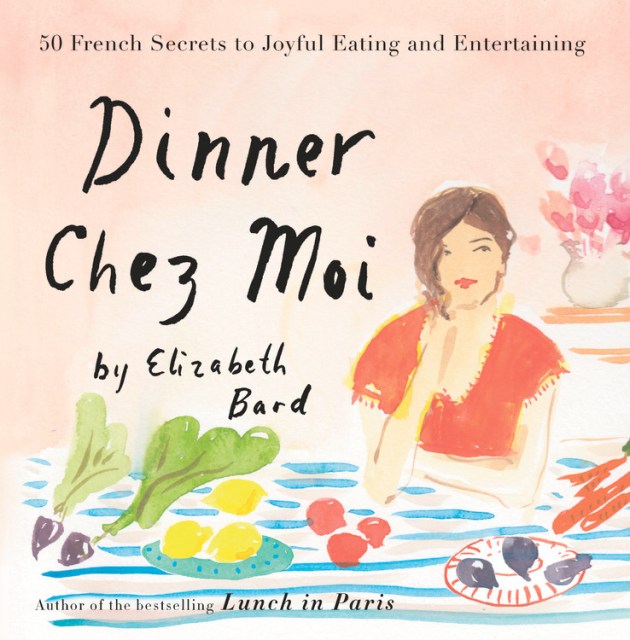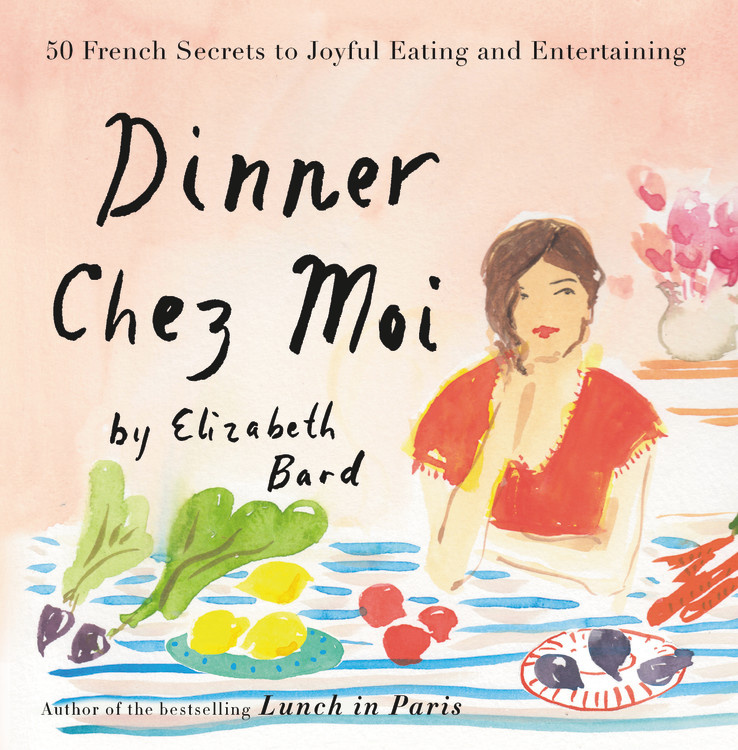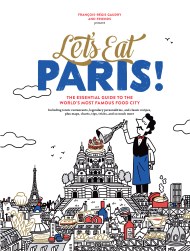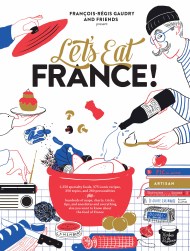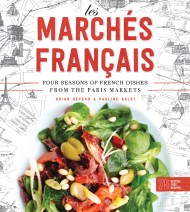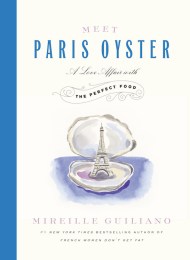Dinner Chez Moi
50 French Secrets to Joyful Eating and Entertaining
Contributors
Formats and Prices
Price
$25.00Price
$32.50 CADFormat
Format:
- Hardcover $25.00 $32.50 CAD
- ebook $9.99 $12.99 CAD
- Audiobook Download (Unabridged)
This item is a preorder. Your payment method will be charged immediately, and the product is expected to ship on or around April 4, 2017. This date is subject to change due to shipping delays beyond our control.
Also available from:
Tips, tricks and recipes to make your feasts and fetes more French, from the New York Times bestselling author of Lunch in Paris and Picnic in Provence.
When Elizabeth Bard, a New Yorker raised on Twizzlers and instant mac and cheese, fell for a handsome Frenchman and moved to Paris, she discovered a whole new world of culinary delights. First in Paris, then in a tiny village in Provence, Elizabeth explored the markets, incorporating new ingredients and rituals into her everyday meals and routines.
After 15 years of cooking in her own French kitchen, making French friends — and observing her slim and elegant French mother-in-law — Elizabeth has gathered a treasure trove of information that has radically changed her own eating habits for the better. She realized that what most Americans call “dieting” — smaller portions, no snacking, a preference for seasonal fruits and vegetables, and limited sugar — the French simply call “eating.” And they do it with pleasure, gusto, and flair.
With wit, sound advice, and easy-to-follow recipes, Bard lets her readers in on a range of delightful — and useful — French secrets to eating and living well, including hunger as the new foreplay, the top five essential French cooking tools and 15 minute meals popular throughout France, and the concept of benevolent dictatorship: why French kids eat veggies, and how to get yours to eat them, too. Whether you’re ready for a complete kitchen transformation or simply looking for dinner party inspiration, Dinner Chez Moi is a fun, practical, and charming how-to guide that will add a dash of joie de vivre to your kitchen — and your life!
When Elizabeth Bard, a New Yorker raised on Twizzlers and instant mac and cheese, fell for a handsome Frenchman and moved to Paris, she discovered a whole new world of culinary delights. First in Paris, then in a tiny village in Provence, Elizabeth explored the markets, incorporating new ingredients and rituals into her everyday meals and routines.
After 15 years of cooking in her own French kitchen, making French friends — and observing her slim and elegant French mother-in-law — Elizabeth has gathered a treasure trove of information that has radically changed her own eating habits for the better. She realized that what most Americans call “dieting” — smaller portions, no snacking, a preference for seasonal fruits and vegetables, and limited sugar — the French simply call “eating.” And they do it with pleasure, gusto, and flair.
With wit, sound advice, and easy-to-follow recipes, Bard lets her readers in on a range of delightful — and useful — French secrets to eating and living well, including hunger as the new foreplay, the top five essential French cooking tools and 15 minute meals popular throughout France, and the concept of benevolent dictatorship: why French kids eat veggies, and how to get yours to eat them, too. Whether you’re ready for a complete kitchen transformation or simply looking for dinner party inspiration, Dinner Chez Moi is a fun, practical, and charming how-to guide that will add a dash of joie de vivre to your kitchen — and your life!
Genre:
- On Sale
- Apr 4, 2017
- Page Count
- 208 pages
- Publisher
- Little, Brown and Company
- ISBN-13
- 9780316276252
Newsletter Signup
By clicking ‘Sign Up,’ I acknowledge that I have read and agree to Hachette Book Group’s Privacy Policy and Terms of Use
